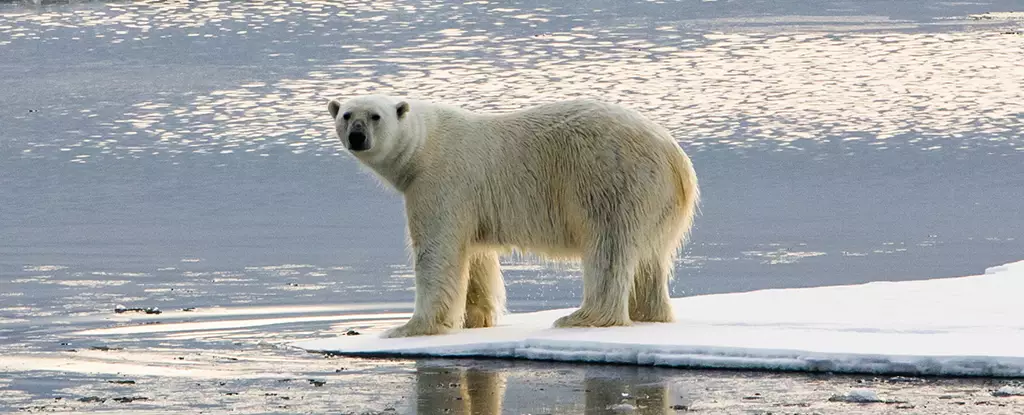The Last Ice Area (LIA) has gained attention in recent years as a sanctuary for year-round sea ice in a warming world. This region, primarily located near the Queen Elizabeth Islands and the Canadian Arctic Archipelago, is expected to be the last bastion of permanent ice as global temperatures rise. However, devastating new research has emerged suggesting that the future of the LIA is far more precarious than previously believed. This study, conducted by a team from McGill University in Canada, utilizes advanced climate modeling techniques, which offer an alarming reevaluation of when this vital ecosystem might vanish.
The researchers employed the Community Earth System Model, which is significantly more sophisticated than past simulations. By accounting for intricate factors such as sea currents and ice flow, the model provides richer insights into how quickly sea ice in the LIA may disappear. The atmospheric scientist Bruno Tremblay emphasizes the role of high-resolution models that examine ice transport through the Canadian Arctic Archipelago, revealing a grim outlook for the LIA’s future.
According to this updated research, the central Arctic Ocean could potentially experience seasonal ice-free conditions as soon as 2035, a stark contrast to prior forecasts which suggested several more decades of ice persistence. Alarmingly, the final remnants of permanent sea ice in the LIA could dwindle within 6 to 24 years after seasonal ice-free conditions become common. This timeline not only underscores the fragility of the LIA but also highlights the urgent need for reevaluating climate emergency responses.
As insightful as these findings may be, they are not devoid of uncertainty. The pace of global warming is continually evolving, as are the variables affecting ice dynamics. The researchers caution against over-reliance on a single model, noting diverse factors such as the influence of heat transportation in the Arctic and varying impacts on seasonal versus permanent ice cover. However, their examination of the northern section of the LIA indicates that this region is crucial for maintaining its overall health, potentially serving as a reservoir for thick, multi-winter ice. This critical area acts as a barrier, preventing the flow of ice out of the LIA, thus playing a pivotal role in the fate of the remaining ice.
The repercussions of losing the LIA are not confined merely to environmental statistics; they extend into the realm of wildlife and indigenous cultures that depend on this fragile ecosystem. Polar bears, seals, and other arctic species rely heavily on the stability provided by year-round ice cover for breeding and feeding. The alarming loss of ice is already having dire consequences for wildlife in the region. Instances of walruses attempting dangerous ascents of cliffs instead of using ice sheets highlight the urgency of the situation.
On a broader scale, the decline in sea ice is pushing these species closer to endangerment while disrupting the way of life for Indigenous communities who have traditionally depended on these ecosystems for subsistence hunting. The significance of the LIA is such that parts of it have been designated as the Tuvaijuittuq Marine Protected Area—a name rooted in Inuktut, meaning “the place where the ice never melts.” This designation underscores the cultural and ecological value of the LIA, making its potential disappearance all the more tragic.
This critical juncture demands immediate attention. The alarming predictions of the LIA’s impending changes serve as yet another reminder of what is at stake in the climate crisis. Experts like Madeleine Fol echo the sense of urgency, advocating for substantial efforts to mitigate warming and preserve the fragile ecosystems of the Arctic. As environmental conditions continue to change at an unprecedented rate, prioritizing climate action becomes essential—not just for the future of the LIA but for the interconnected web of life that relies on a stable Arctic environment.
The fate of the Last Ice Area serves as a dire illustration of climate change’s impacts, reminding us that time is of the essence. If we do not act decisively, we will not only witness the disappearance of a crucial ecological region, but we may also face profound consequences for the wildlife, Indigenous cultures, and global climate systems that depend on it.

Leave a Reply